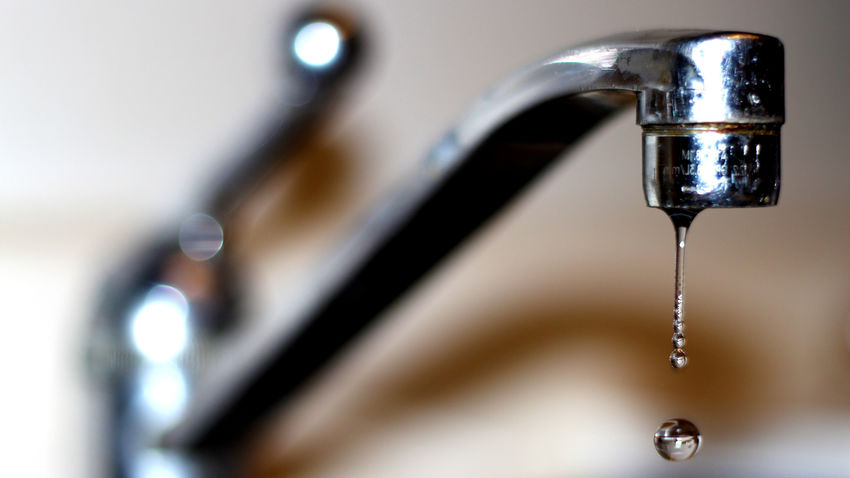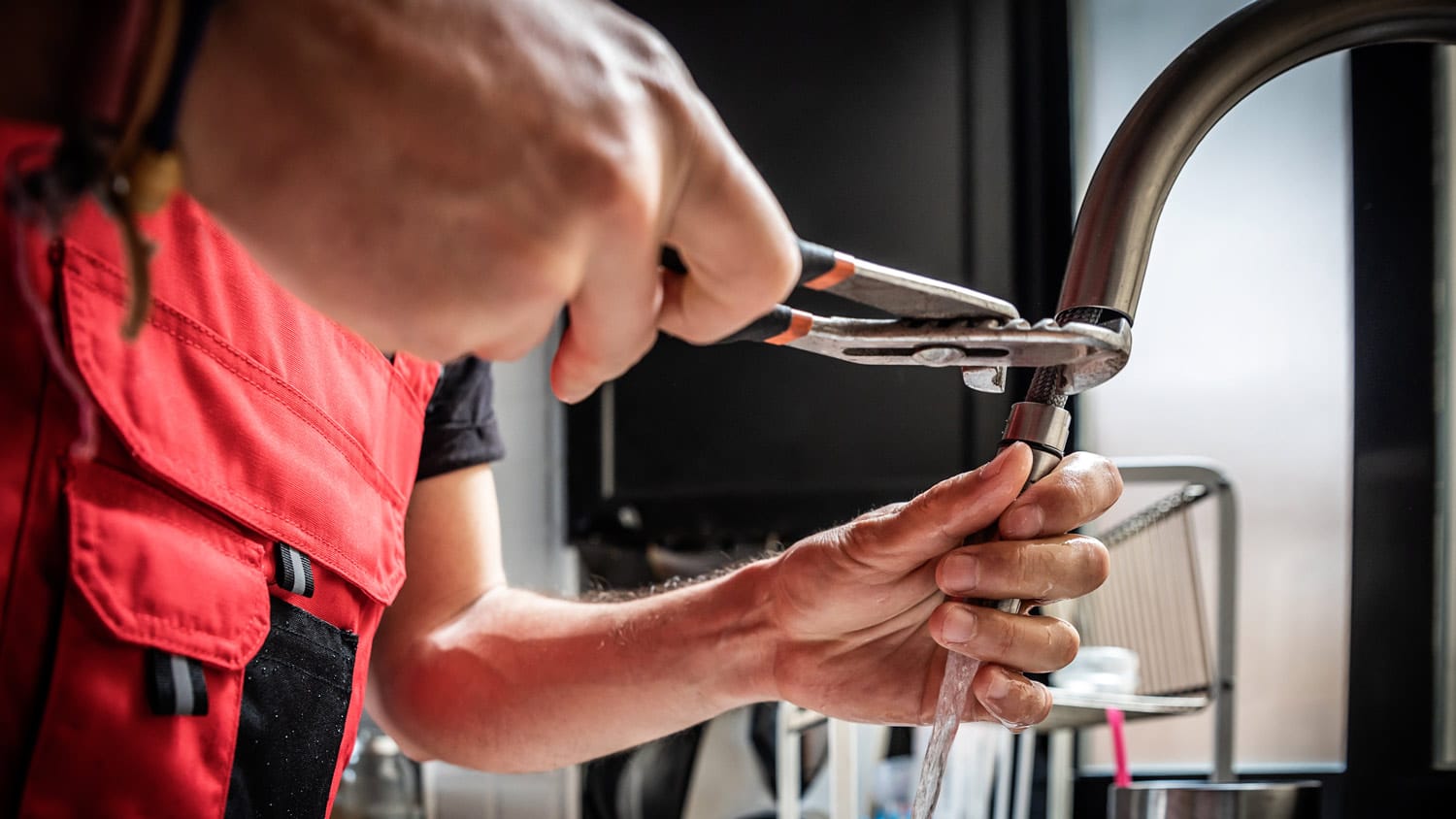When Damaged Faucets Would Change You
When Damaged Faucets Would Change You
Blog Article
The publisher is making several great points on the subject of Health Risks Posed by Leaking Faucets overall in this post further down.

Introduction
A dripping tap may seem like a small nuisance, however its effects prolong far beyond the periodic drip. Comprehending the effects of a dripping tap is crucial for both home owners and the environment. In this write-up, we'll check out the various effects of this typical family issue and why resolving it without delay is vital.
Root Causes Of Leaky Faucets
Leaking taps can arise from a variety of variables, including wear and tear, high water stress, and deterioration. With time, the consistent use taps can bring about worn-out seals and gaskets, triggering leakages to develop. Furthermore, extreme water stress can put strain on plumbing fixtures, resulting in leakages. Corrosion and corrosion can additionally compromise tap elements, making them prone to leak.
Water Wastage
One of the most considerable effects of a leaky faucet is water wastage. Even a small drip can amount to gallons of drainage over time. This not just drives up water bills but likewise contributes to water scarcity and ecological degradation. Dealing with leaking faucets without delay is vital for preserving this priceless resource and minimizing its influence on the world.
Financial Effect
In addition to drainage, leaky taps can likewise have a considerable financial effect. Boosted water expenses are a straight repercussion of water wastefulness, setting you back property owners thousands of dollars yearly. Furthermore, the cost of repairing water damage triggered by leaks can be substantial, especially if left neglected for a prolonged period.
Environmental Influence
The environmental effect of leaky taps expands beyond water wastefulness. By saving water, home owners can add to more comprehensive efforts to alleviate water shortage and protect natural communities. Lasting choices such as rain harvesting and water-efficient components can better minimize the ecological impact of household water usage.
Technical Solutions
Improvements in modern technology have led to the growth of smart faucets and water-saving tools that aid minimize water wastefulness. Smart faucets utilize sensing units to discover movement and change water circulation accordingly, reducing waste without giving up benefit. Water-saving devices such as aerators and low-flow showerheads are likewise efficient in preserving water without compromising performance.
Global Point of views
While leaky faucets might look like a localized concern, they add to wider worldwide challenges such as water scarcity and climate modification. In areas currently encountering water stress, every drop counts, making leakage avoidance and fixing important. By embracing water-saving methods and purchasing lasting technologies, homeowners can play their component in dealing with these pushing worldwide problems.
Regulative Actions
Government guidelines play a critical duty in alleviating the influence of leaking faucets and promoting water preservation. From building codes that require water-efficient components to water-saving rewards and rebates, policymakers have a series of devices at their disposal. By executing and enforcing these guidelines, governments can ensure that home owners focus on water preservation in their daily lives.
Community Impact
Resolving leaking faucets needs collective efforts at the community level. By increasing recognition about the importance of water conservation and giving sources for leakage detection and repair, local authorities can empower homeowners to act. Campaigns such as water-saving discount programs and leak detection campaigns can incentivize behavior change and advertise liable water usage.
Instance Researches
Real-life examples of the influence of leaky taps highlight the relevance of aggressive maintenance and prompt fixings. From water damages to escalating water expenses, the consequences of disregarding leaks can be serious. By sharing these case studies, homeowners can better understand the significance of resolving leaking taps promptly.
Educational Campaigns
Educational projects play an essential function in elevating awareness regarding the impacts of leaky faucets and advertising water preservation practices. With workshops, seminars, and on-line resources, property owners can discover exactly how to identify and repair leaks themselves. By equipping individuals with understanding and devices, instructional projects can promote a society of responsible water use within neighborhoods.
Health Concerns
Dripping taps can produce helpful settings for mold and mildew and mold development, presenting wellness dangers to passengers. The visibility of mold can aggravate respiratory system concerns and allergies, particularly in at risk people. In addition, water damage resulting from leakages can jeopardize the architectural integrity of structures and cause pricey repair work.
Do it yourself vs. Specialist Repair work
When confronted with a leaky tap, homeowners usually question whether to attempt repair services themselves or work with a professional plumber. While DIY repairs can save cash, they may not constantly deal with the underlying issue efficiently. Professional plumbing technicians have the proficiency and tools to identify and deal with leakages correctly, making sure lasting remedies and peace of mind for property owners.
Preventive Measures
Preventing leaking faucets needs routine upkeep and positive procedures. Basic jobs such as replacing worn-out washing machines and seals can avoid leakages from establishing. In addition, updating to top notch components and lowering water pressure can aid lengthen the lifespan of taps and reduce the risk of leakages.
Conclusion
To conclude, the results of a leaking tap expand much beyond the occasional drip. From water wastefulness and raised water expenses to wellness worries and ecological effect, the consequences of overlooking leakages can be significant. By resolving leaking faucets promptly and embracing water-saving techniques, homeowners can reduce these effects and contribute to a more lasting future.
Why You Shouldn’t Ignore a Leaky Faucet in Your Home
What Causes a Leaky Faucet?
Various factors can cause a leak, from loose and worn-out parts to corrosion. Your faucet has four essential components from which most plumbing issues will stem: the O-ring, the valve seat, the washer and the gasket.
What Is an O-Ring?
The O-ring is a stem screw that fastens parts of the faucet in place, preventing water from leaking out of the spout. Depending on your faucet type, the stem might have multiple O-rings. Water will drip from the faucet’s handles and base if this part breaks or deteriorates.
What Is a Valve Seat?
The valve seat controls the flow and temperature of the water. Found at the base of the handle, it works as a seal for the faucet’s stem. The valve seat ensures the water is allowed to flow or is blocked as the handles dictate. You’ll know it’s malfunctioning when water leaks from your faucet’s sides.
What Is a Gasket?
The gasket is found between the water inlet and the valve stem. It creates a seal between the faucet and the sink, holding its joints by aerators attached to the stem’s head. Water will trickle out from the base if the gasket isn’t working.
What Is a Washer?
The washer secures the handles and prevents leakage, serving a similar purpose to the O-ring. While the O-ring is ordinarily round and made from an elastic material, such as rubber, the washer is square-shaped and composed of brass, copper and other hard metals. If it malfunctions, corrodes or has been improperly installed, water will leak out of the handles, causing that incessant faucet drip.
Why Is a Leaky Faucet Dangerous?
A leaky faucet left alone for too long can have significant consequences.
Pest Infestations
Since bugs and rodents gravitate towards the scent of water, a leaky faucet will draw pests to your sink. Both are looking for leaks accessible through crawl spaces, which a faucet provides. If you leave water dripping for too long, you run the risk of an infestation.
Rust
If one of the faucet parts has started to corrode, the resulting rust can spread to your pipes and valves with startling speed. The rust might even lead to cracks or other impairments, resulting in more severe plumbing issues.
Your sink could also sustain damage from a leaky faucet. The water in your tap possesses sparse elements of calcium and iron that can stain your sink with repeated and prolonged exposure. Once those elements in the water have been open to the air for some time, your sink will start to rust, creating marks that can be difficult to remove.
https://www.tomsmechanical.com/blog/why-you-shouldnt-ignore-a-leaky-faucet-in-your-home

I'm just very interested in and I'm hoping you appreciated our page. Loved our piece of writing? Please quickly share it. Help others discover it. Thank you for your time. Return soon.
Report this page